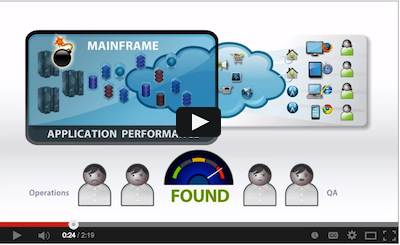For many marketers, “budget”, quickly followed by “timeline” are the first things that come to mind when the subject of videos comes up. Here are a few things well worth considering before you even start to worry about either budget or timeline — because they can affect both. Here are six good questions to ask yourself when planning an explainer video.
1. Which constituencies in our “audience” do we really need to acknowledge?

Who gets a shout-out? Your offering may have features that apply to several industries or job roles. You want viewers to know that you know who you’re talking to. But you need to get to the point in the first 20 seconds or so — that’s how much time B2B viewers allow to decide if a video has something to say to them.
One way to expedite the shout-outs is to represent the different industries you serve in the visuals without naming them. Another is to create a different opening for each segment — this makes production a little more complicated, but it need not add a lot of cost, assuming that the central section of the video that deals with the solution itself is the same for all audiences.
2. How well defined is our product now?
The answer to this question will tell you how agile your production process needs to be. If the product or service being promoted in the video is still under development or you’re still a bit uncertain about positioning or its features and benefits, then the content of the video is sure to change during the production process. In most cases, these will be improvements, and should be welcomed, but you’ll want to work with a video production service that is comfortable changing direction as deadlines approach.
3. Which internal constituencies do we need to keep involved? How do we balance their inputs?
This is a familiar “political” problem to anyone who works with teams — but it’s easy to overlook it in the planning stages. If you have a commitment to produce a video in four weeks, and, in the third week, a reviewer looking at it for the first time decides that 50% of what’s done needs to be changed . . . well, you don’t want that. Get everyone on board who should be on board, right from the start. These are high-visibility projects.
4. What will be the most efficient feedback channels between subject matter experts and the people creating the content?
If the solution itself crosses several lines of business, or there are multiple functions (sales, marketing, product management) that want to take ownership of the video, then you’ll want to incorporate feedback from all of them as the video is developed. With technical videos we find that feedback from subject matter experts is the most critical factor in the credibility of the video you release — so we like to be able to query these folks and hear what they have to say directly. Planning out how and when feedback will be provided, not only helps keep production schedules on track, but also helps assure that you get the best work out of the production team.
5. Given the call-to-action for this video, what should be the balance between entertaining content vs. credible product information?
Increasingly, video content is meant to drive engagement and build relationships, not just to “educate” the audience. Decide on your call to action before you start production. Then you can be sure the video deals with features, ideas, and differentiators that can prompt action, e.g., see the extended video on this feature, check out the testimonials on this benefit. If action is the objective, the balance tips in favor of credible product information that drives more engagement over “thumbs up” — however enthusiastic.
6. How will this video advance my sales and marketing strategy?
Sure we all know video can be fun and cool and powerful and persuasive, but the more you can relate the video to specific business goals (e.g., cross-selling, market development), the more accurately you can plan the content. For example, figuring out in advance whose email signature is going to promote your videos could help you determine how best to explain a specific feature or benefit.

Turning this around, if there are multiple markets where the video could apply, you might want to consider how the video will be re-used and re-purposed as you make your plan.
Of course, there’s lots to think about in content marketing besides video. But given that video outweighs other forms of content like white papers in terms of both cost and impact, it pays to maximize its economic benefit and impact with thoughtful planning.



